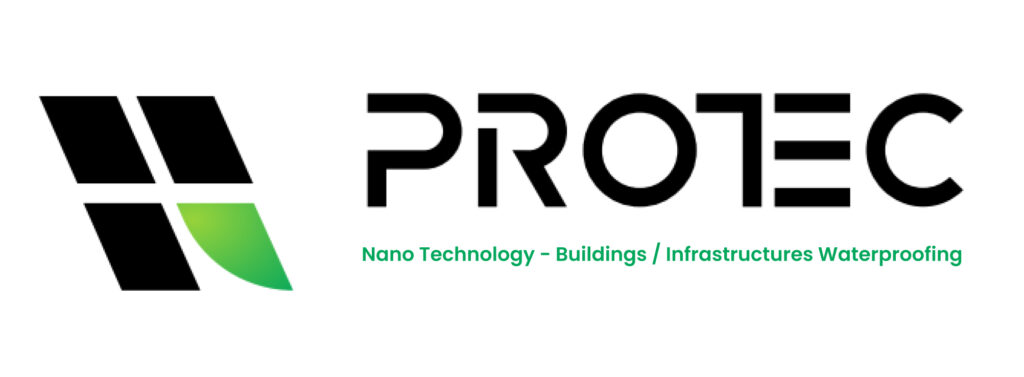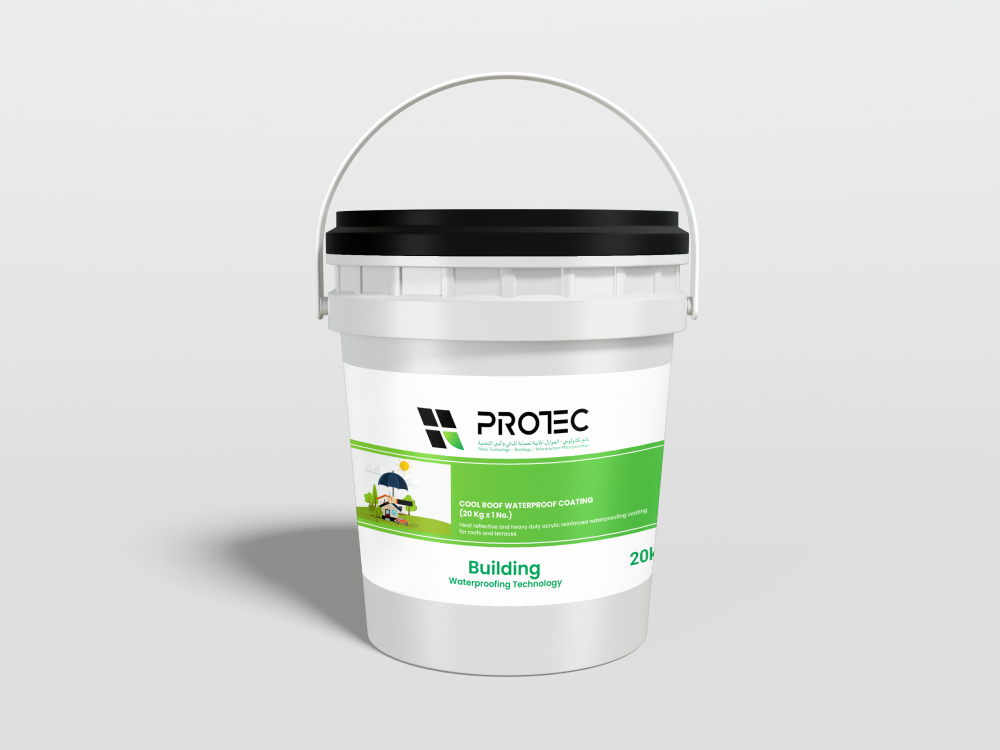
PROTEPASTE (Bituminous paste Waterproofing)
Brief Description
This is plastic emulsion on polymer modified bitumen base in top quality, crack bridging, one component that is trowel applied as a paste in single operation, directly on to the horizontal/vertical surfaces to be treated. Once the Bituminous paste thick coating has dried and cured, (depending on ambient moisture and temperature levels). Concrete screed or tiles and backfilling for vertical protection shall be done. Seamless Bituminous Waterproofing. thick coating is resistant to algae and microorganisms as well as salts. PROTEPASTE is highly resistant to root penetration according to DIN 4062. This seamless waterproofing product is resistant to all kinds of ground water normally found according to DIN 4030. PROTEPASTE’s thick coating is self-healing when penetrated by a fixing. Condensation in treated surface is reduced by improved heat insulation vapor, and above all, it forms one continuous piece (without joints) long lasting watertight barrier.
SURFACE PREPARATION
The subsurface must be clean and solid, free of oils, fats and released agents. PROTEPASTE can be applied on slightly wet/moist surface. The subsurface must be solidly filled and leveled. Projecting seams and the remains of mortar should be removed. Prior to application of the bituminous paste corners and edges, especially on floors and cantilevered slabs should be removed. Use PROTEPASTE directly from container without stirring.
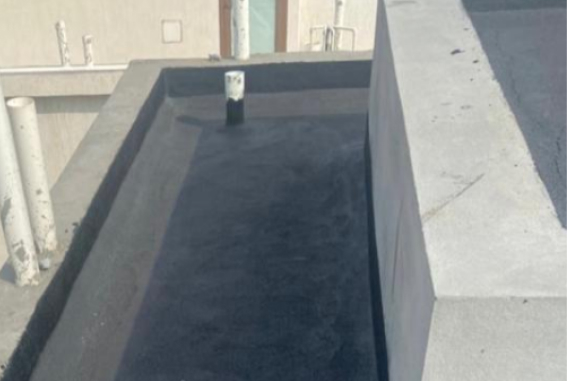
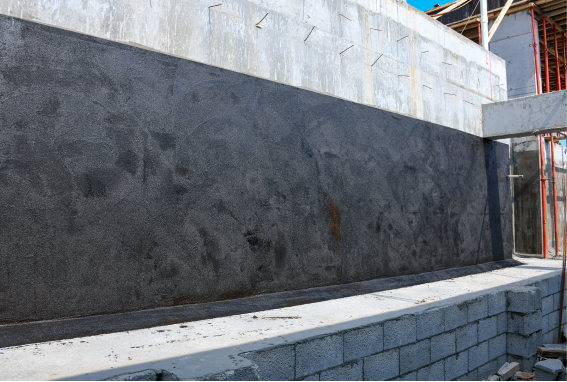
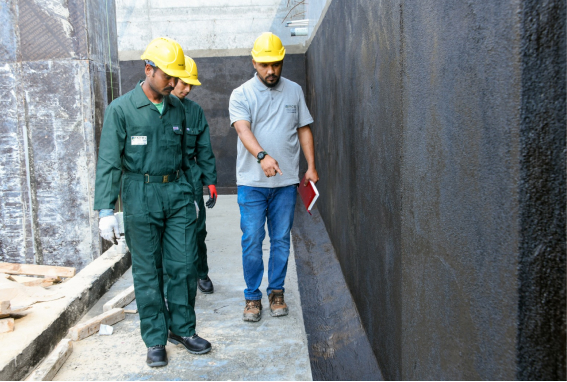
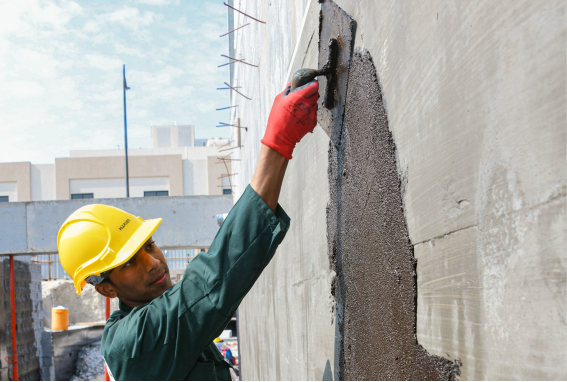
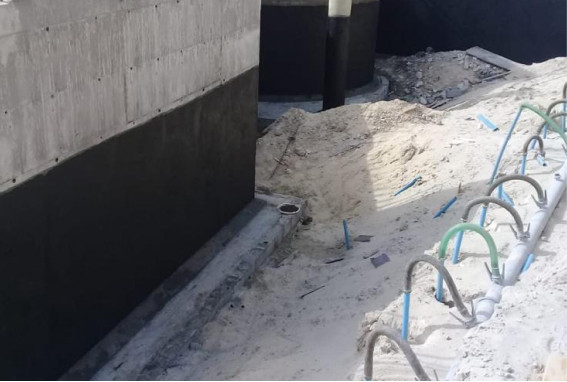
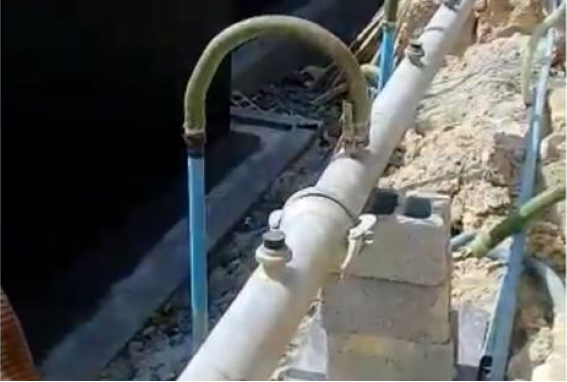
TECHINCAL DATA
- Specific Gravity: approx. 0.60.
- Crack Bridging :up to 5 mm.
- Water Impermeability: up to 70 mm.
- Self Healing Material
- Chemical resistance: excellent.
- Root penetration resistance: excellent.
- 1 Liter corresponds to 1mm thickness/m2
APPLICATIONS
- Basement
- Roof Deck/Balconies.
- Foundation.
- Toilets & Bathrooms.
- Sewage Treatment Plant.
- Prefab Concrete.
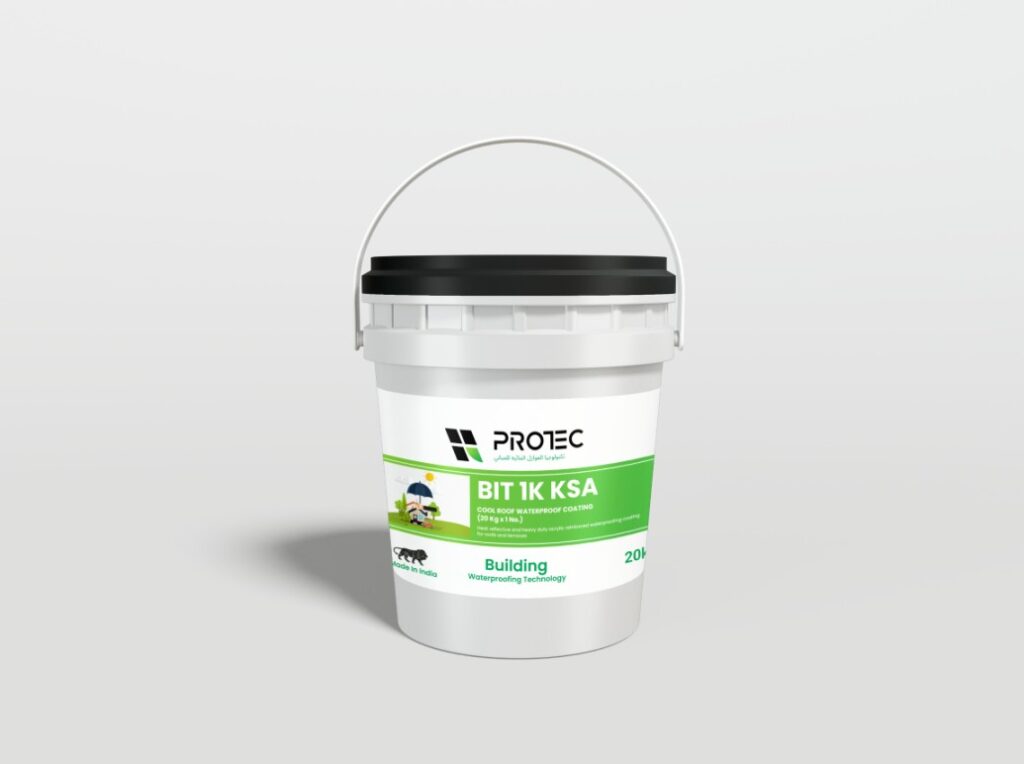
Sulfiton ( Seamless Bituminous Waterproofing )
BIT 1K KSA
Solvent-free, polymer-modified bituminous thick coating with polystyrene, 1K
Application rate
Approx. 1.2 l/m2/mm dry layer thickness
Range of use
- Waterproofing of new and old buildings with ground contact
- Retrofit waterproofing of buildings according to WTA Code of Practice 4-6
- Waterproofing of plinths and base points
- Used for roof , wet area, toilet
Property profile
- Solvent-free
- Water pressure tight
- Sprayable
- Resistant to bodies of water aggressive to concrete (DIN 4030 XA3)
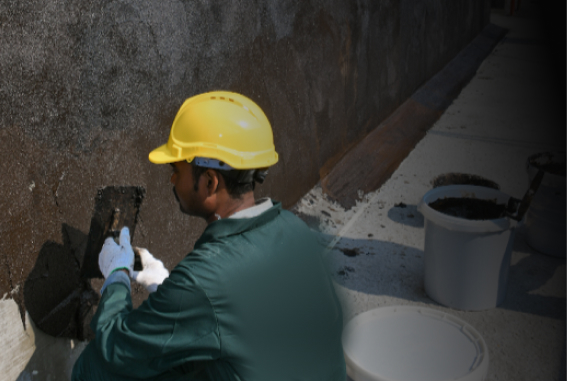
Characteristic data of the product
- Base Emulsion
- Density of ready-to-use mixture Crack-bridging
- Cross-slit pressure test (DIN 15820)
- Dry residue
- (20 °C/70% relative humidity)
- PLASTIC-BITUMEN
- Drying time approx. 72 hours (depending on weather conditions and wet layer thickness, the drying time may be shorter or longer than the stated time.)
- Paste-like, thixotropic
The values stated represent typical characteristic data of the product and are not to be understood as binding product specifications.
Preparation
Substrate requirements Level, mineral substrate.
Load bearing, clean and dust-free.
Prepare concrete substrates in the wall/base transition region by means of mechanical abrasion.
Slightly damp surfaces are permitted.
If necessary, provide protection against rear moisture penetration.

Substrate preparation
Remove burrs and mortar residue. Chamfer or break off edges and comers.
Use a suitable mineral mortar to round off inner corners.
Seal up cavities > 5 mm with mineral-based material.
Apply a scratch coat of the product as a contact layer and to prevent bubbles.
Directions
The product is ready to use directly from the container.
Remove dried material adhering to the edge of the bucket.
Apply the material to the prepared substrate in two layers in accordance with the applicable regulations.
If necessary, embed reinforcement fabric into the first waterproofing layer.
Tips on use
When using liquid waterproofing materials, exposure to direct sunlight and/or wind can accelerate skin formation and cause blistering.
Once the previous layer has set sufficiently, apply further waterproofing layers.
Protect the dry waterproofing from mechanical damage and UV radiation.
